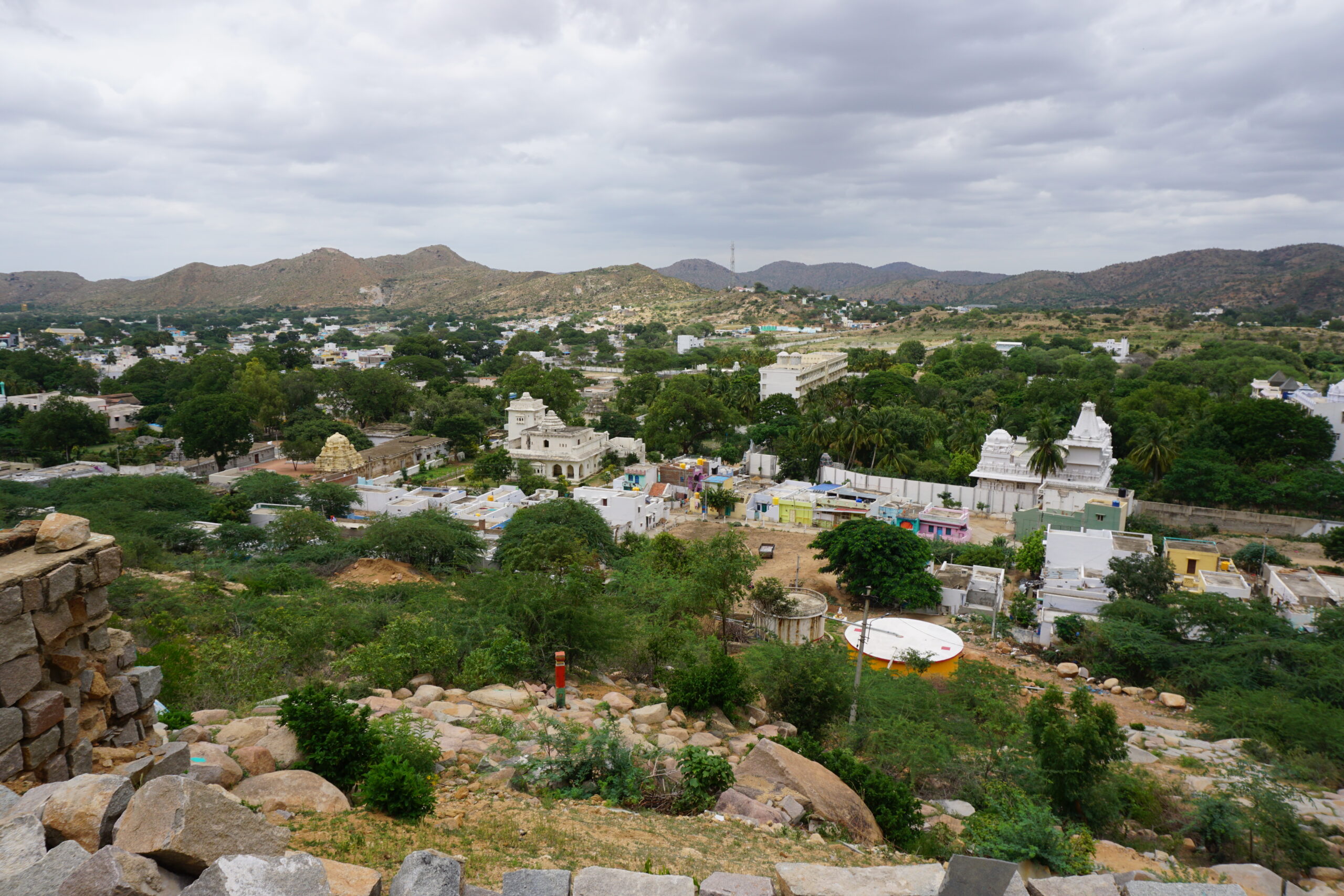Rayalaseema, the southern part of Andhra Pradesh, comprises four districts: Anantpur, Kurnool, Kadappah, and Chittoor. This region is a treasure trove of spectacular historical sites, including Lepakshi, Penukonda, Gooty fort, Tadipatri temples, Yaganti, Belum caves, and Gandikota. After moving to Bangalore, visiting these places became a quiet aspiration. The long weekend of Ganesh Chaturthi was fast approaching, and I thought, “Why not finally visit some of these incredible spots?” With three days at my disposal, I zeroed in on Penukonda, Gooty fort, and Yaganti. Since these locations were quite far apart, public transport would have eaten up too much precious time. Lacking much confidence in driving a car for such a journey, I finally decided to rely on my own bike. A tiny, hundred-and-ten-cc bike, in the middle of the rainy season, had me slightly worried about whether I’d make it without a hitch. But really, if there’s no risk, where’s the fun? With my bag packed, I started my journey bright and early.
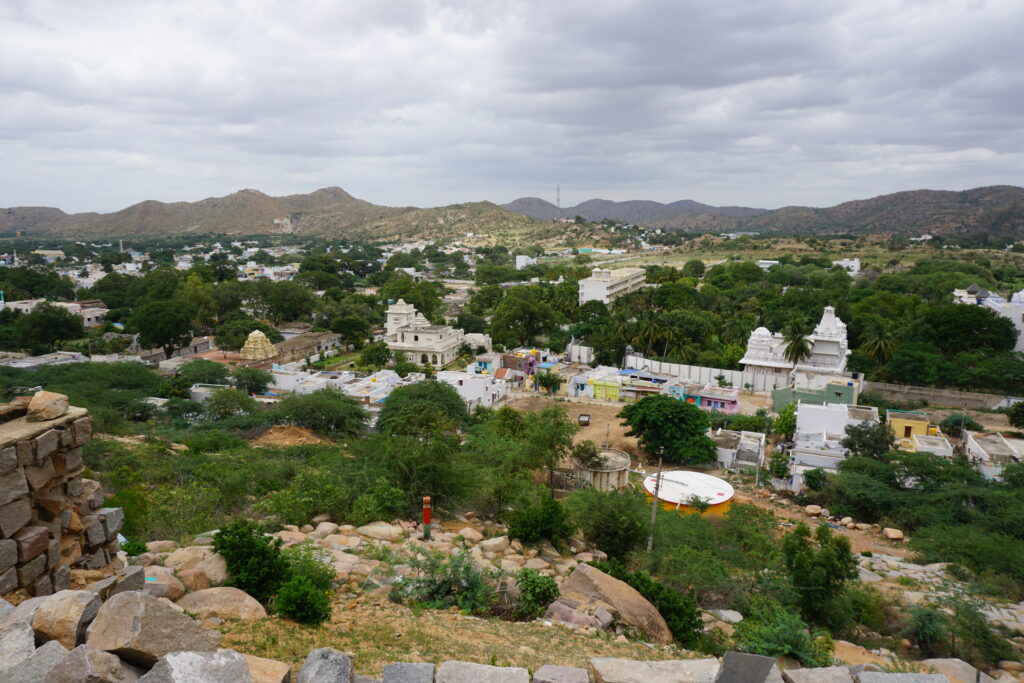
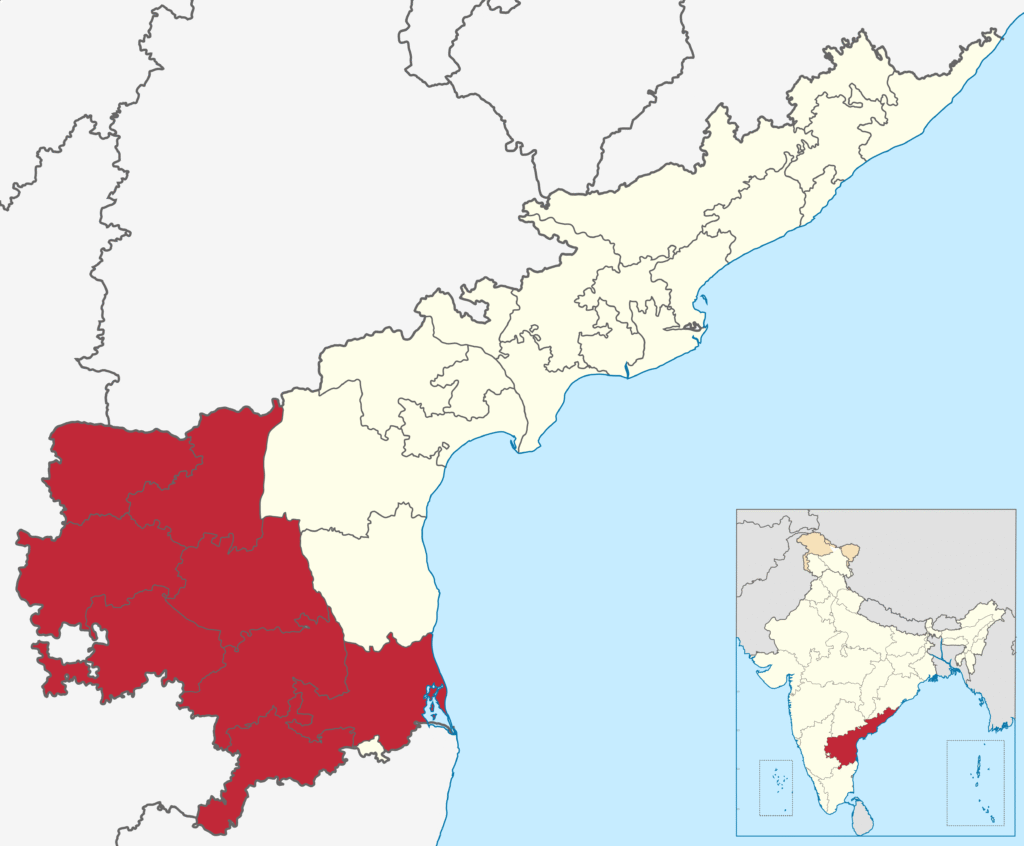
The morning was cool with cloudy skies and a chilly wind. Being the early hours of a Saturday, Bangalore roads were blissfully free. I soon navigated through the busiest streets and started the long haul on the Bangalore–Hyderabad highway. As I left the highlands of Bangalore behind, the weather slowly warmed, and the landscape turned increasingly arid. The thick, grey blanket of clouds that had clung to Bangalore’s skies was now scattered into tiny, furball-like pieces. These small clouds played a delightful game of hide-and-seek with the sun, casting a mesmerizing light-and-shadow effect across the vast farmlands. The weather was perfect for a long ride.
My only real issue was the uncomfortable saddle of my bike. This machine was certainly not built for long distances, and staying in an uncomfortable posture for hours was truly tiring. I resolved to take a short rest stop every 50 km and just keep pushing forward. To my pleasant surprise, the highway was in excellent condition.
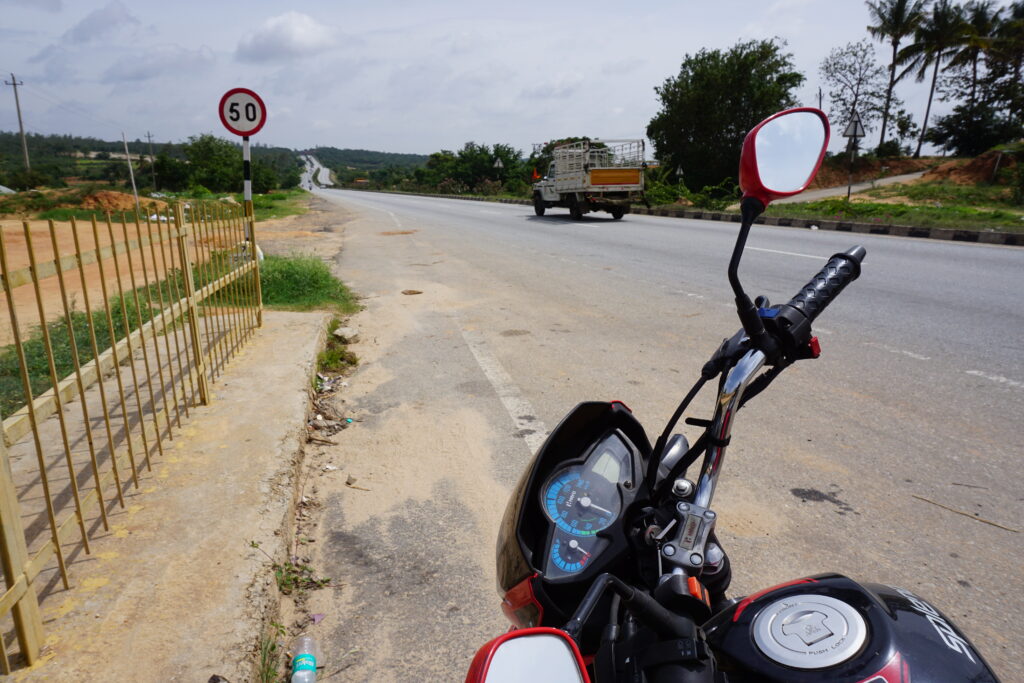
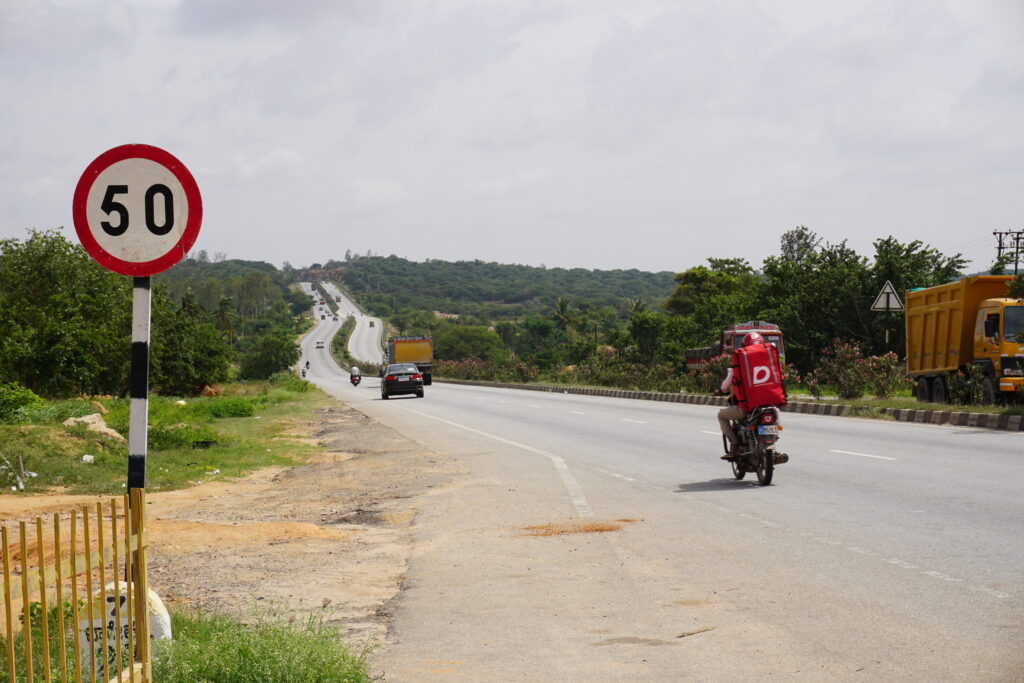
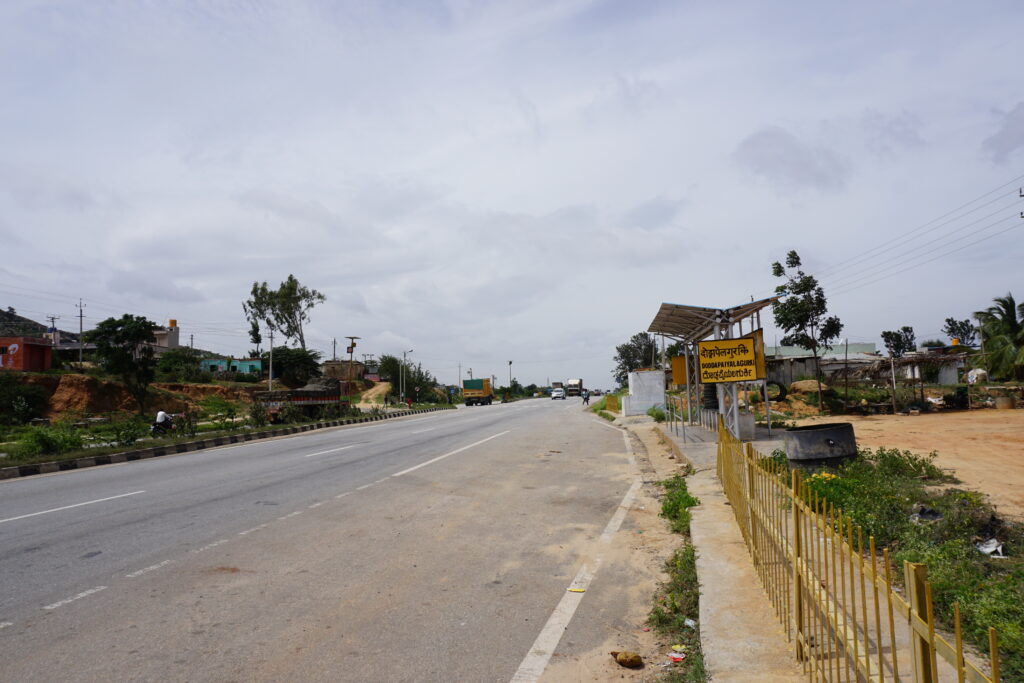
Penukonda: The Summer Capital
My first stop was Penukonda. This town was once the summer capital of the Vijaynagar empire of Hampi. Emperor Venkatapathi Rayalu, Krishnadevray’s successor, appointed Koneti Nayadu as the governor of Penukonda. Koneti Nayadu and his lineage ruled the region for several centuries. Following the catastrophic battle of Talikota, which saw the fall of Vijaynagar, Penukonda even became the capital of the remaining empire. Today, it’s a small town with historical monuments peppered throughout.
You can easily spot the turn-off from the highway—it’s marked by a huge arch with “Penukonda fort” written on it. Right next to the arch stands a statue of Krishnadevray. I entered the town, immediately immersed in the typical hustle-bustle of an Indian small town. As I started looking for the monuments, an ancient fort gate abruptly popped out of the chaotic cityscape. This was the entrance to the Penukonda fort. While the adjoining wall has now collapsed, with only traces visible here and there, the gate’s fortification was remarkably well-preserved.
Right next to the gate, a signboard pointed to Gagan Mahal. I followed the directions and arrived at the palace, which once housed the king’s harem. It’s a two-story structure featuring foliated arches on the ground floor. The architecture borrows heavily from the Lodi architecture of New Delhi. To me, it looked strikingly similar to the Lotus Palace in Hampi, which served the same purpose. Although the Gagan Mahal was renovated by the ASI ten years ago, I could already see tourist graffiti marring the walls. Beyond the decorative arches and ceilings, there wasn’t much to hold one’s attention. I snapped a few pictures and headed out.
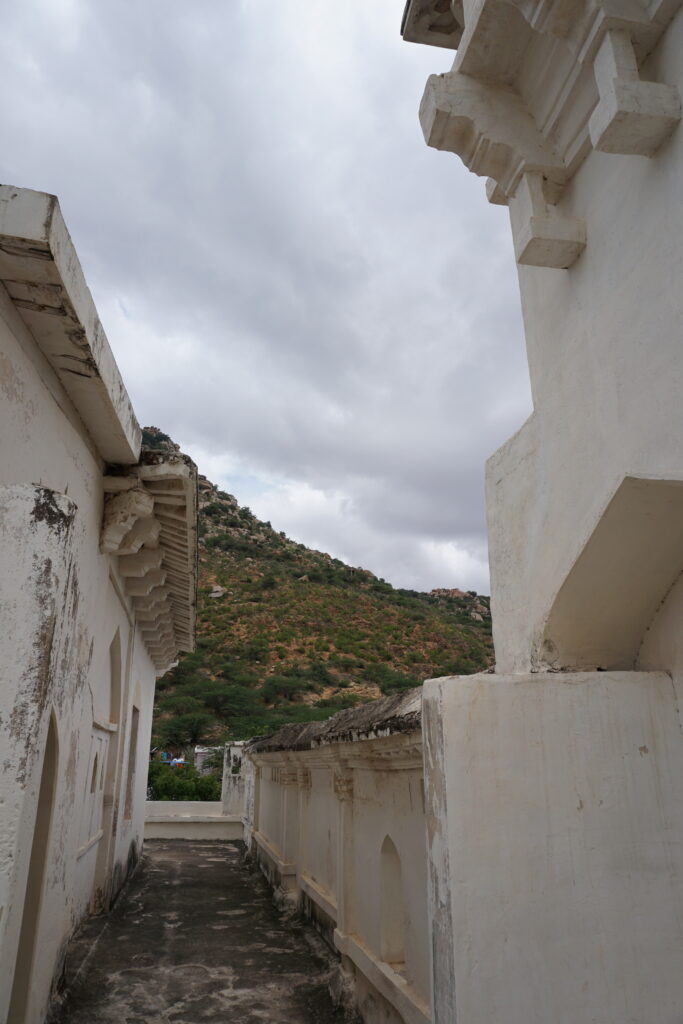
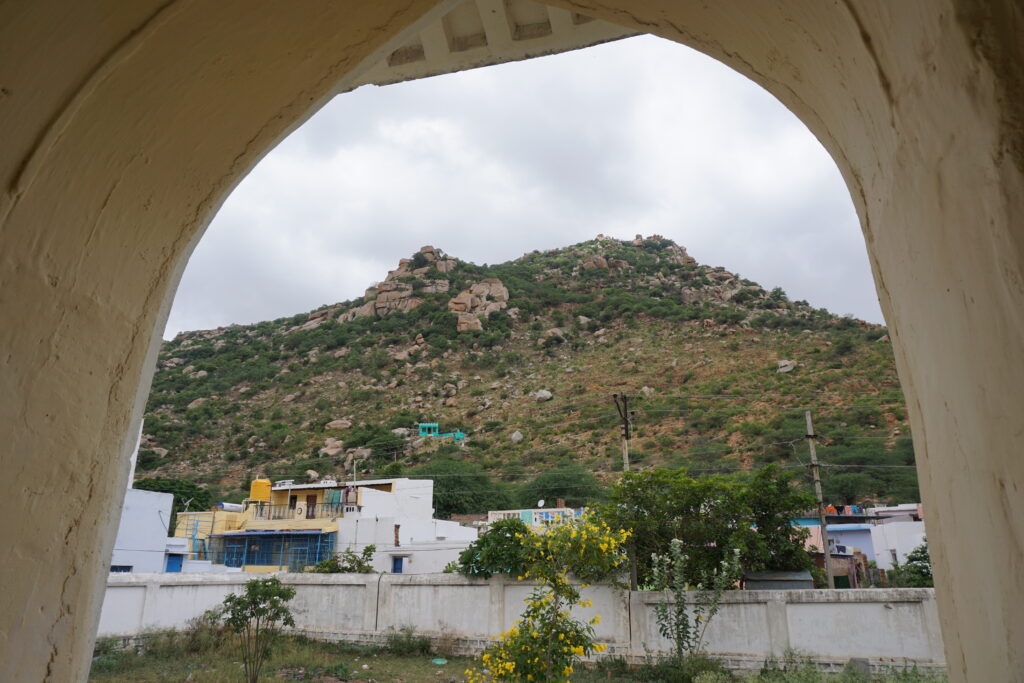
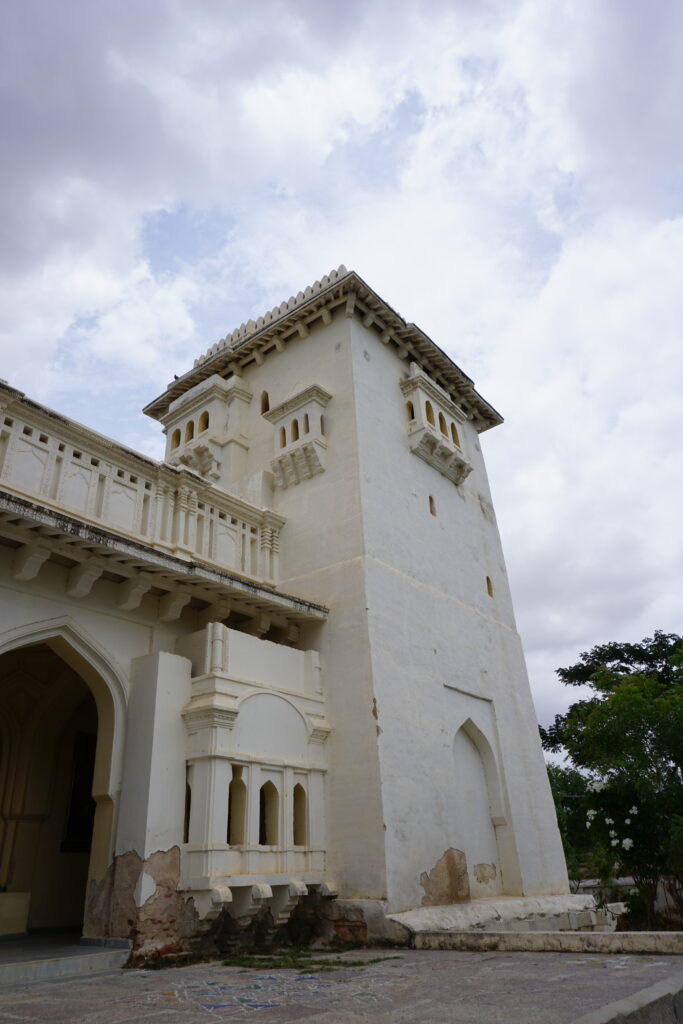
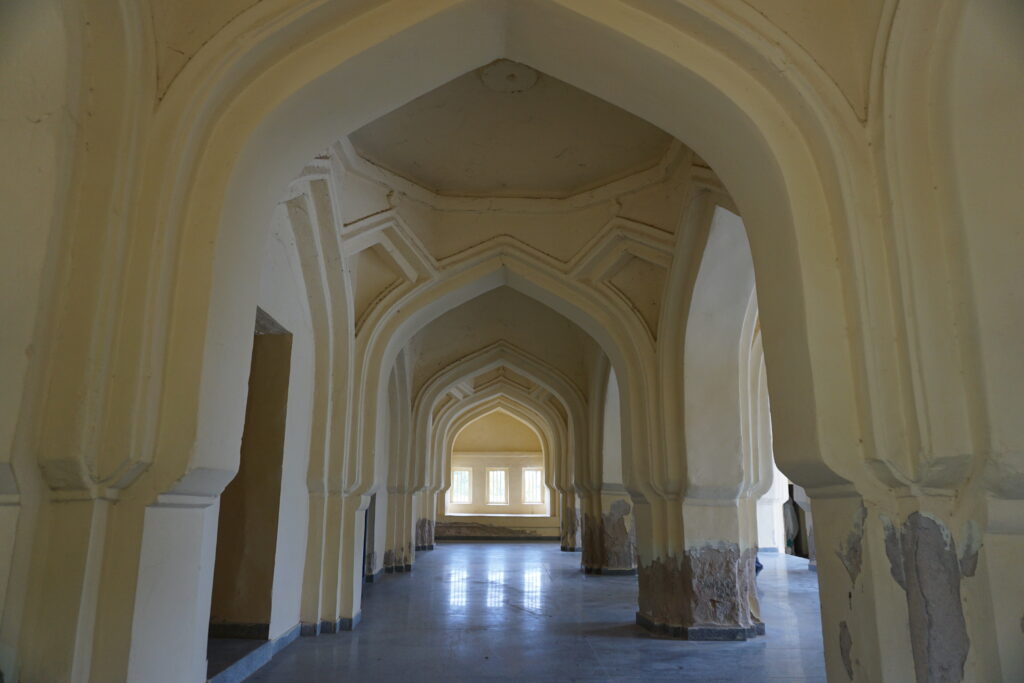
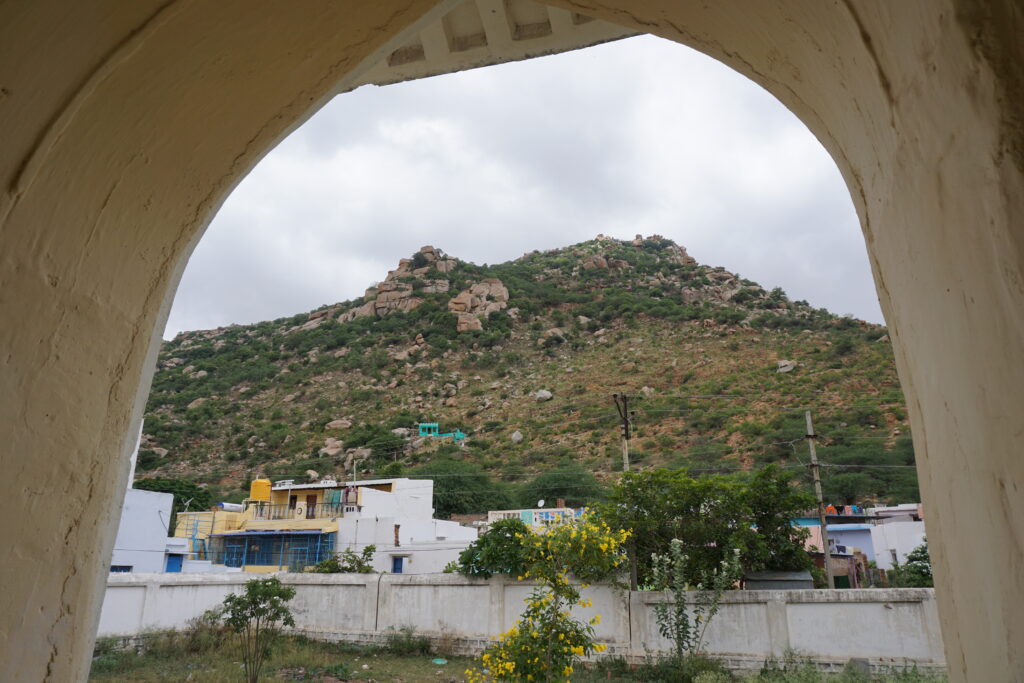
Next to the palace were two temples: Ramaswamy temple and Eshwar temple. Unfortunately, both were closed. After a quick glance, I left the complex.
Timmarusu Jail
Right in front of these temples was a small gate, with a chilling signboard next to it: “Timmarusu jail.” I walked in. What I saw was a small, square-shaped building with slanting roofs that, at first look, appeared like a simple temple. Yet, it was a jail! Timmarusu was a general deeply loyal to Krishnadevray. Tragically, the king accused him of poisoning his own son and had him imprisoned in this very building. After Timmarusu’s death, the king realized his innocence. Quite a tragic story indeed! I took some pictures and moved on.
A few steps further from the jail stood a giant Gopuram. The adjoining temple was nowhere in sight; only its foundation remained. The Gopuram was tall and magnificent, leaving me to imagine how beautiful and magnificent the complete temple must have been.
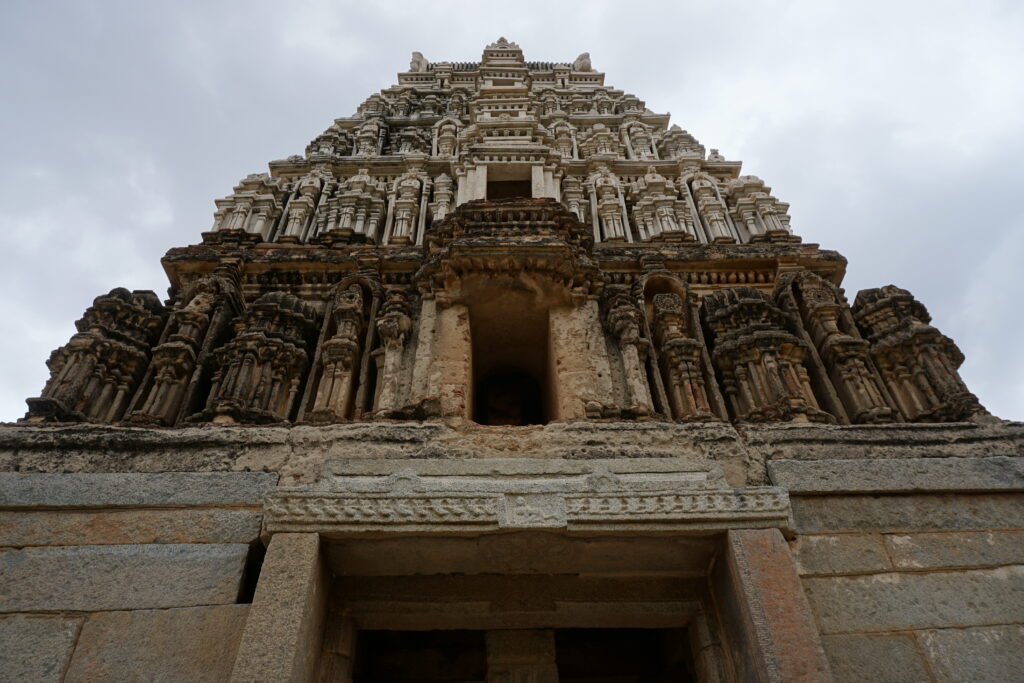
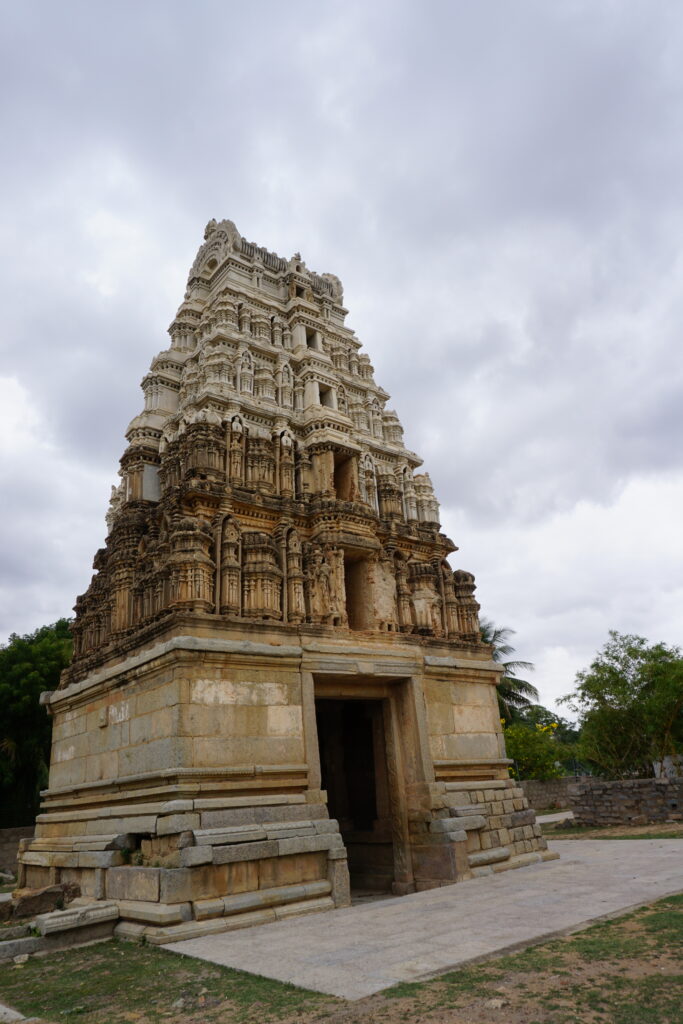
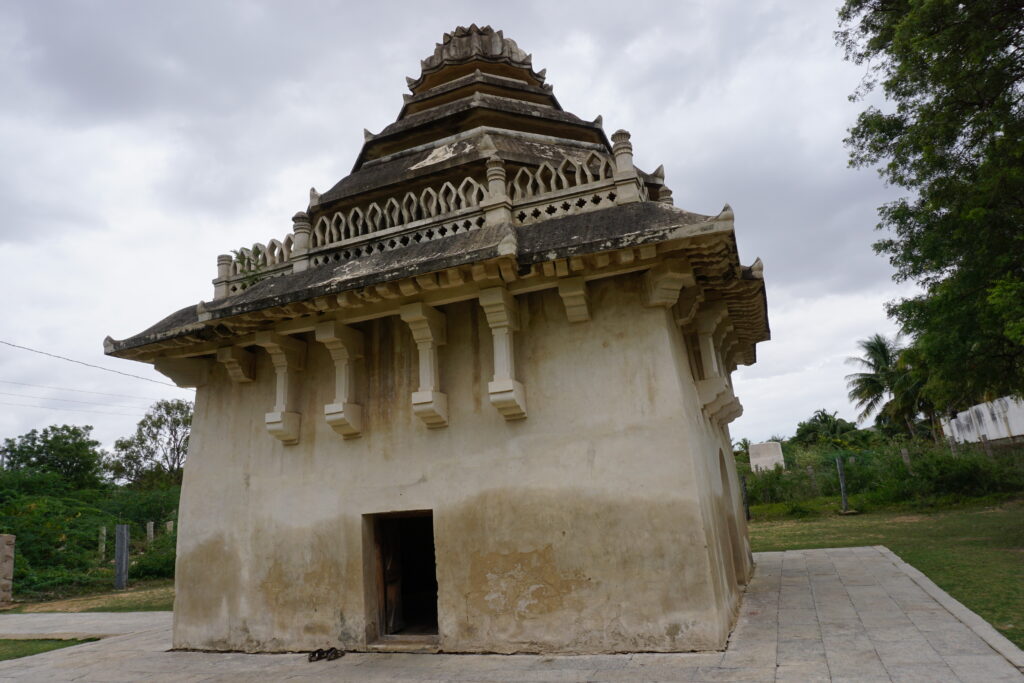
Step Well
On the opposite side of the narrow road was a step well. The entrance of the well was shaped like Nandi. The well itself was about 10 meters deep, and most of the steps were still intact, though there was no water inside. However, I noticed a minor drop in temperature. When I touched the stone walls, they felt considerably cold. The spring might still be active. Perhaps with some restoration, the well could become full of water again!
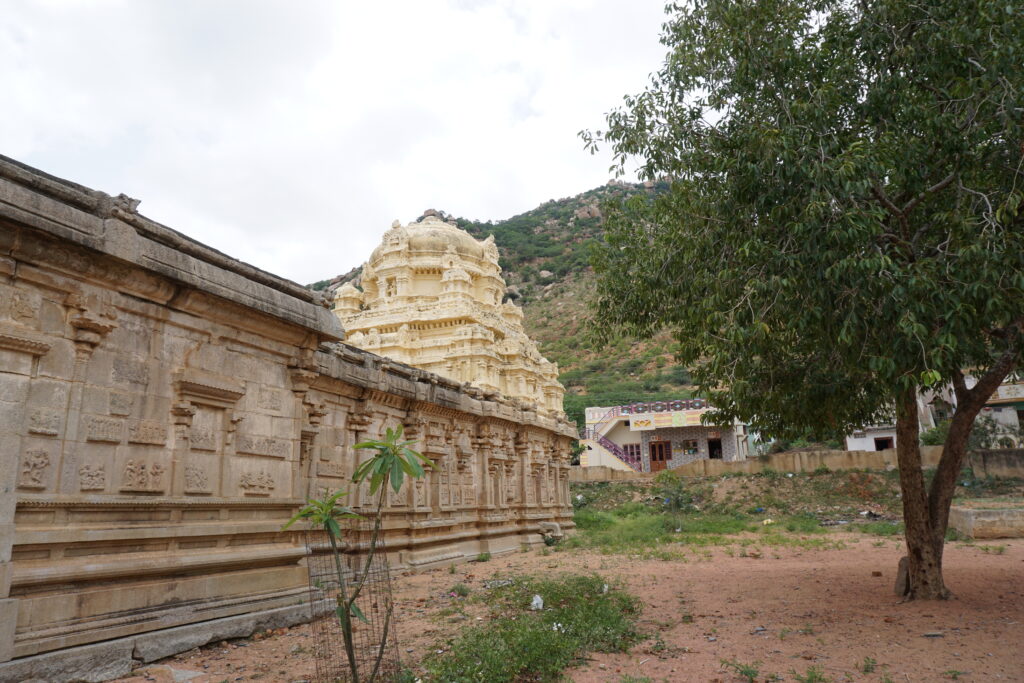
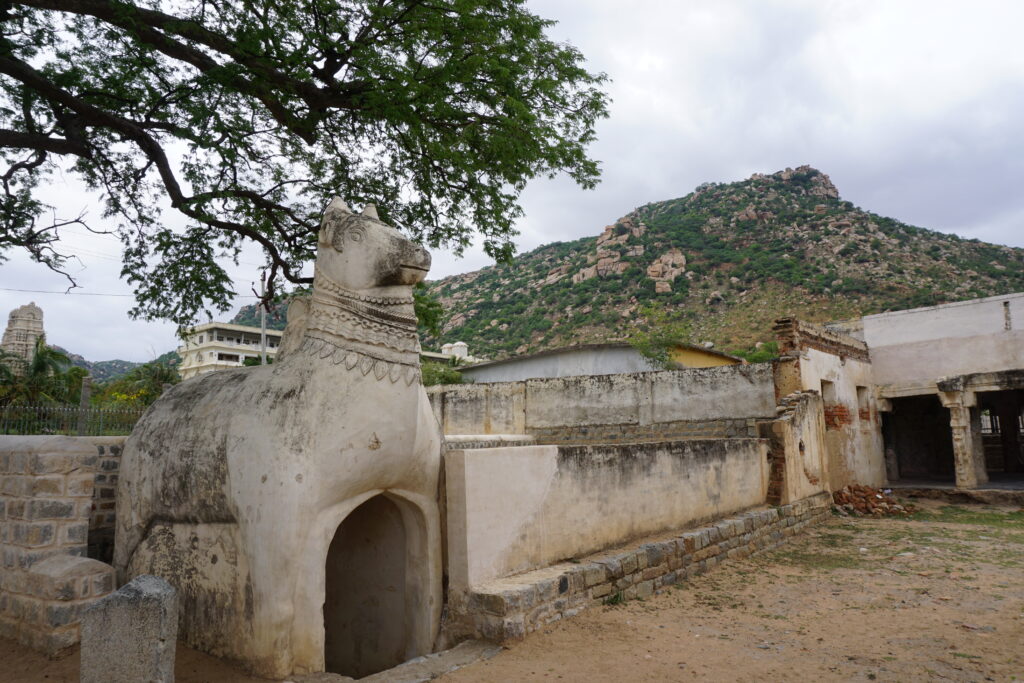
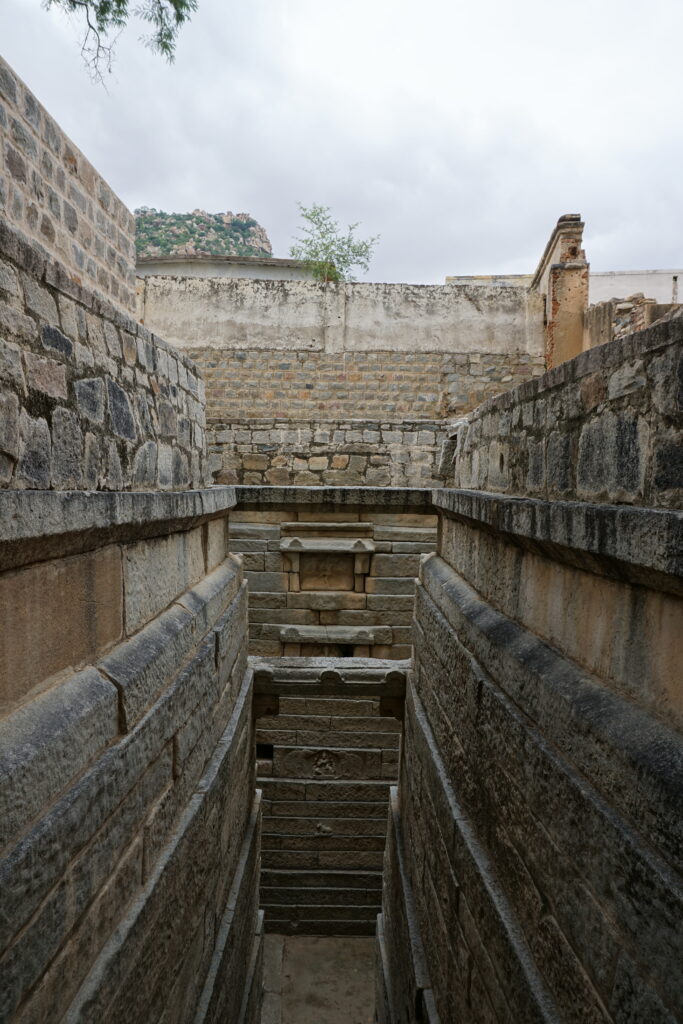
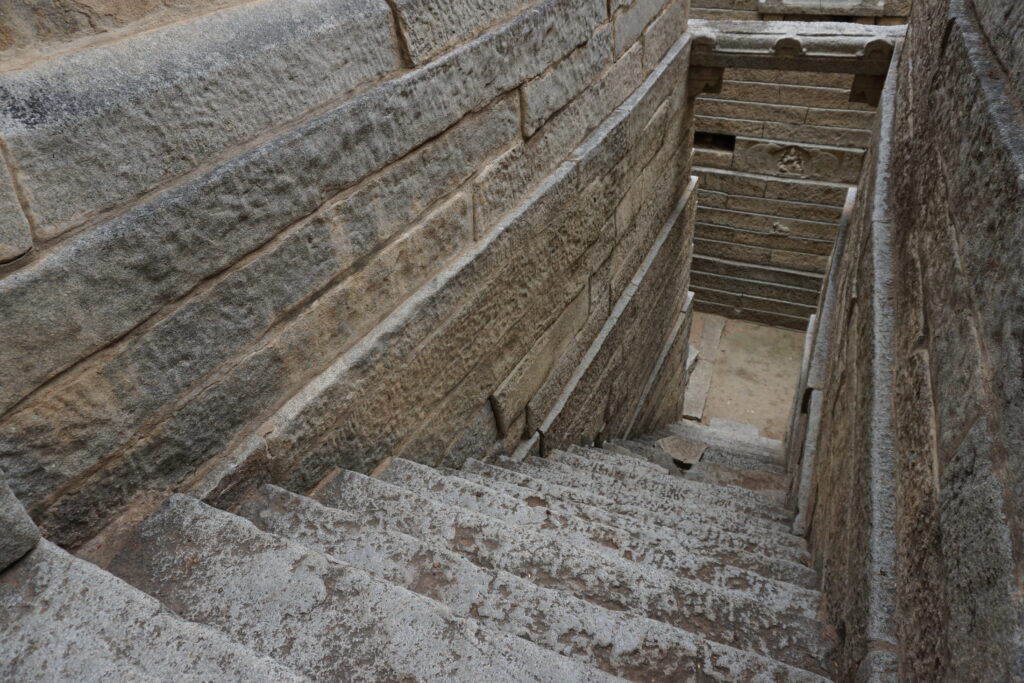
It was already 1 pm and I was hungry. The town didn’t seem to have a decent restaurant for lunch, so I decided to visit the Penukonda fort and then look for food on the way to Anantpur.
To be continued…
